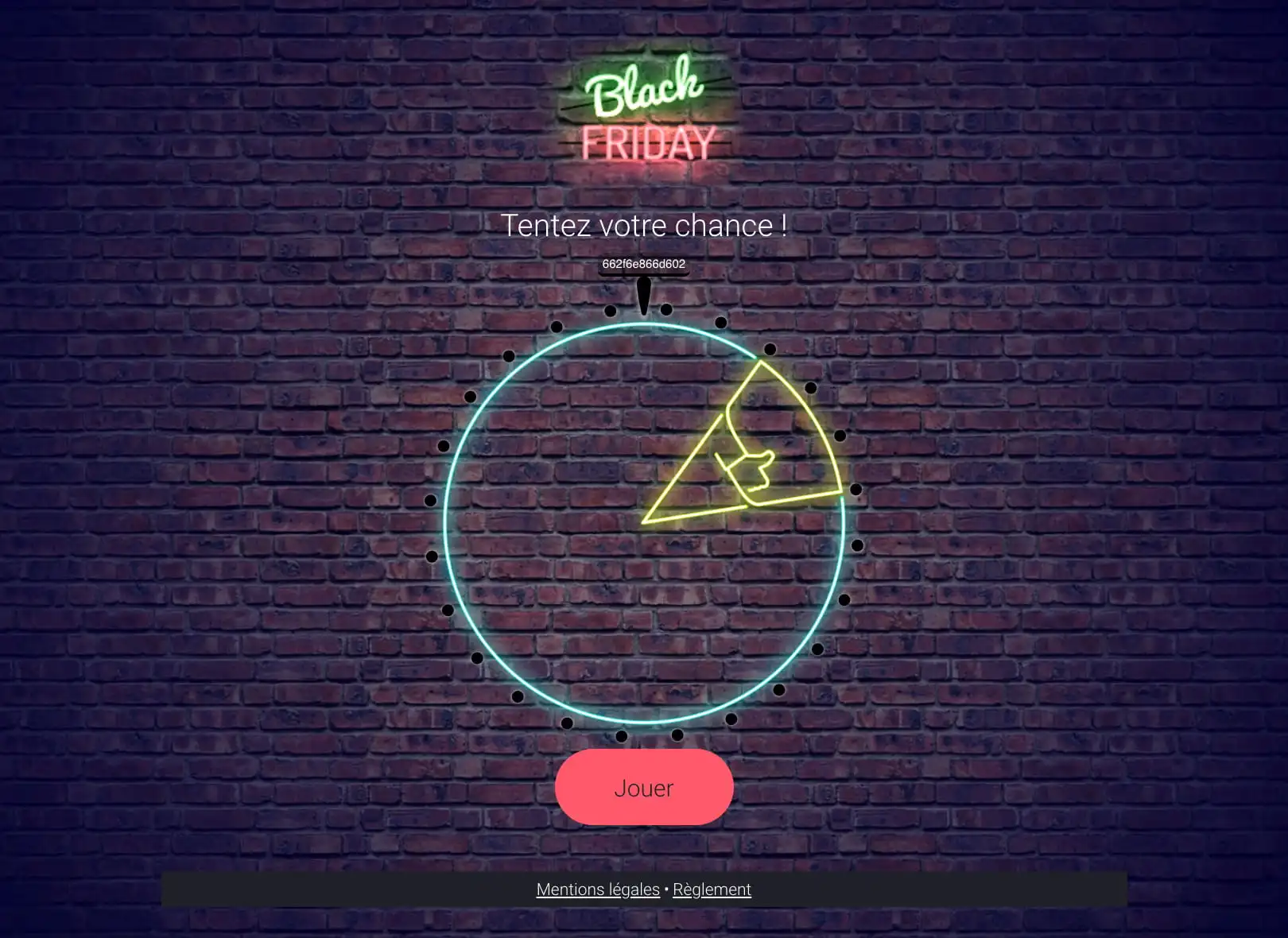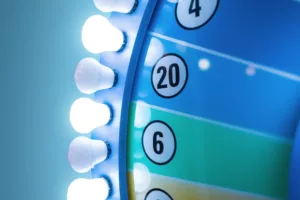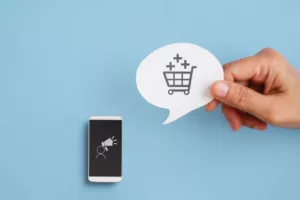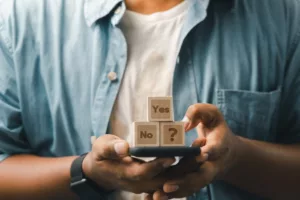Why take insipration from our examples of competitions?
Competitions are a powerful marketing tool for companies, precisely because theyr are so versatile.
This format can be adapted to all dsitribution channels
(retail, media, e-commerce, advetising). What’s more, it engagesa broad spectrum of personas through a fun, interactive mechanic and the chance to win an attractive prize.
But the great strength of marketing competitions is that they allow you to achieve diferent objectives
and engage your audience at every stage of the conversion funnel. Whether you’re looking to boost your visibility, convert new buyers, improve customer relations or build community loyalyty, there are bound to be examples of competitions that will inspire you to achieve you goals.
In this article, we’ll share with you 10 examples of competitions to set up according to your brand’s strategic objectives!
1. Competitions co-branded with an influencer to boost brand awareness
To broaden its audience and raise brand awareness, a brand can organize a contest with an influencer
or another company (this is kown as co-branding). The whole point of this format is to broadcast the marketing campaign on both partners’ channels, naturally boosting its reach. In this way, the company can organically increase the number of people involved and potential participants.
To boost participation rates, the key is to choose attractive offers, in line with the brands universe and that of the influencer.
2. Photo contests to generate UGC and create reassurance
Photo contests are an excellent way to engage your audience and generate UGC.
The principle is simple: the brand issues a challenge to its community to share a photo based on the company’s universe. This could, for example, be a photo featuring the user with one of the brand’s produtcts. The best photo is then shared on the company’s social networks, and the winner receives an exclusive prize.
In addition to engaging its audience, the brand that organizes this type of contest also creates reassurance. UGC is in fact a
powerful tool for converting new customers because it’s authentic content that comes directly from other consumers.
3. An engaging competition to reinforce your branding
Over and above the mechanics used by the brand, it’s also the message conveyed by the competition
that can help it achieve a specific objective. Committed marketing campaigns are an excellent way of reinforcing branding and improving brand image.
The company can challenge its community via a video contest to encourage them to carry out a solidarity action (picking up litter, for example, or recycling product packaging).
4. An Instant Win to convert new customers
The instant win is a very interesting marketing game mechanic for recruiting and converting new prospects. As it can take the form of a wheel of fortune, a one-armed bandit or a scratch-off game.
. What they have in common is that participants know instantly whether they have won a gift or not, and can therefore use it immediately. By offering vouchers or discount coupons, the brand can attract traffic to its e-commerce site and boost sales.

5. A post-purchase game to build audience loyalty
Reserved for customers who have already purchased from the brand (or who are part of its loyalty program), the post-purchase competition is an excellent way of rewarding them. Shared via an order tracking email or accessible via a QR code printed on the sales receipt, this fun format is ideal for
build audience loyalty and encourage repeat purchases. A wheel o chance or a jackpot, for example, will allow customers to see instantly if they have won a new discount following their purchase.
6. A physical treasure hunt to boost in-store traffic
Another strategic objective for retail brands is to increase traffic in their physical store. As part of a drive-to-store campaign, retailers can oranize a treasure hunt at their point of sale. In practical terms, this means hiding surprises on the shelves to encourage customers to visit the store. These could be discount vouchers that customers can redeem directly in-store, boosting the brand’s retail sales.
7. A summer competition to keep in touch with customers
Competitions are in themselves a powerful marketing format for engaging and animating your audience. This is particularly important during certain periods of the marketing calendar such as summer holidays. To keep in touch with customers during these 2 months, the company can organize a competition.
By offering summer-related prizes, the brand can accompany its audience on vacation. Keeping them on top of mind when the new school year arrives. The quiz can be used to highlight new offers and destinations (particularly in the cultural sector).
8. A co-creation competition to improve customer relations
Co-creation is an excellent strategy for strengthening the relationship with your customer community. In fact, the brand will create a new product or service with its audience, offering them something that better meets their needs. It’s also an excellent way of enhancing their creativity and insight, by warding the best ideas, for example. Some brands, like Nide.co, go a step further by inviting customers themselves to vote for the product they want to see created (via a fan’s choice photo). The winner also receives a percentage of sales once the product has been marketed.
9. An advent calendar to boost conversion at the end of the year
The festive season is a crucial period for brand sales. Brands can
boost their Christmas sales by organizing an Advent Calendar.
This competition creates a daily appointment with customers. The company invites them to take part in a new game every day (one armed-bandit, jackpot, wheel of fortune, etc.). Participants can increase their chances of winning a prize or discount vouchers.
10. A quiz to help you get to know your customers better and collect zero party data
To deliver a quality shopping experience, brands need to know their customers better. In a context of data depreciation, it’s crucial to collect zero-party data, shared directly by users. Examples of competitions like the interactive quiz or personality test are ideal for collecting customer data. It enables the audience to better understand their needs and preferences. It can then reactivate this data in future marketing campaigns (by sending personalized emails based on participants’ responses).
These examples of marketing contests will enable you to diversify formats to animate your audience and reach your strategic objectives. Simplify the execution of your campaigns by drawing inspiration from various interactive and playful features available in the Socialshaker catalog.






